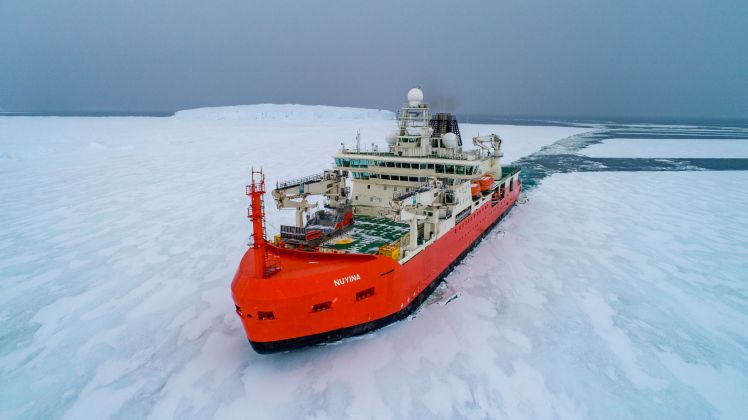When Australia’s new icebreaker, RSV Nuyina, sailed up the River Derwent in early May it marked the end of a triumphant inaugural research voyage. During its 70 days away, the ocean in front of the mighty Denman Glacier went from one of the most poorly observed places on Earth to something we finally could begin to understand.
Undertaking ambitious science in remote and hostile locations in Australian Antarctic Territory shouldn’t be an exception, it should be the rule. Unfortunately, it has become the exception.
The end of life of Australia’s former icebreaker, followed by delays in the commissioning of Nuyina, meant this was the first major scientific icebreaker voyage in more than a decade.
This created a backlog – a gap in our knowledge – exacerbated by the constant flow of surprises out of the Antarctic: dramatic sea-ice reduction, a massive slowdown in ocean circulation, 30C heatwaves, and a collapsed ice shelf to name a few.
A lack of ambition is the same as saying we can delay knowing how sea-ice melt will affect our rainfall or how quickly sea-level rise will change our coasts.
To read the full article, click the link below: Now is not the time to put funding on ice | University of Tasmania

